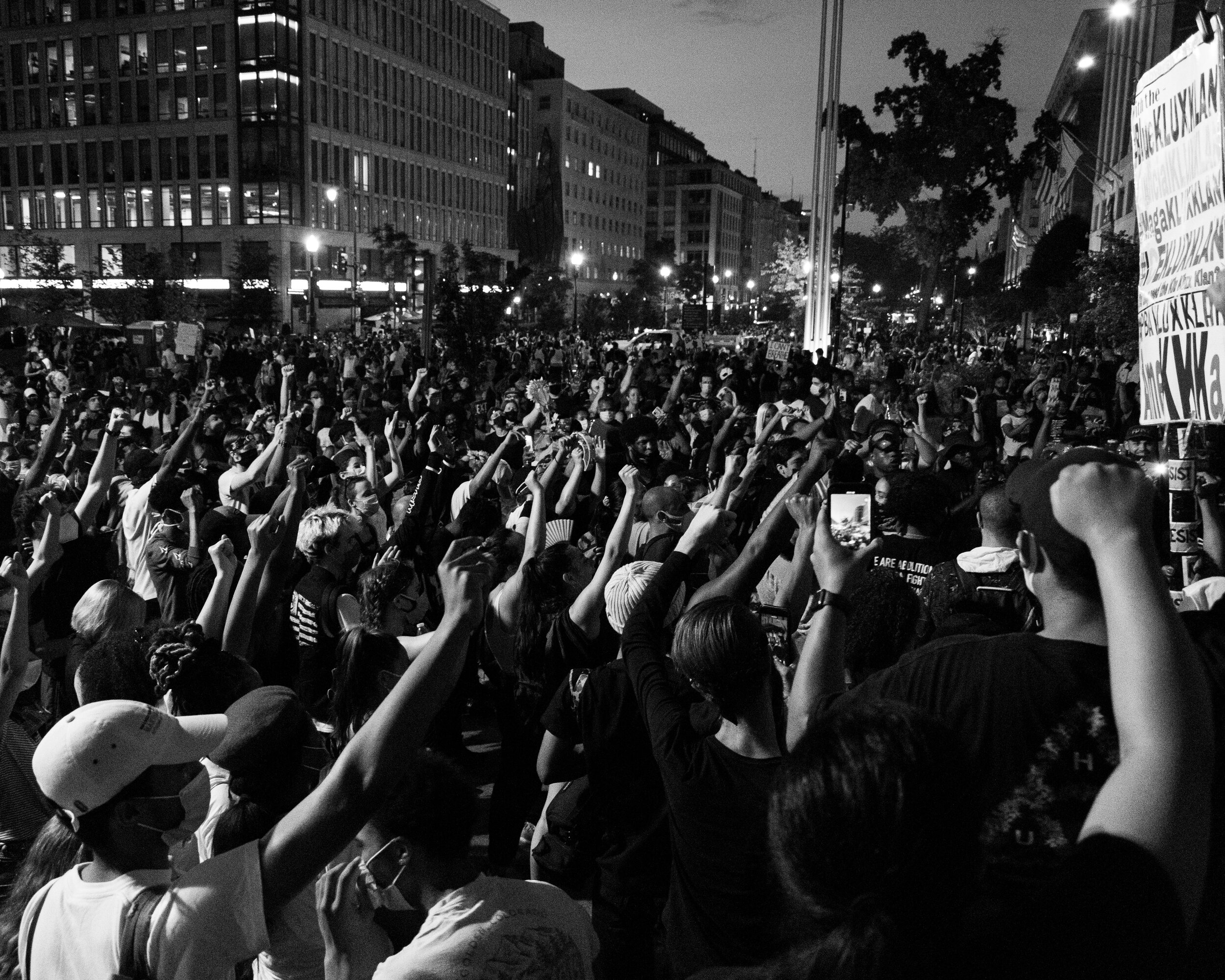Inclusive Design
The ongoing events of police brutality and the powerful voices of the black community have awakened my personal understanding of racism and changed the way I think about my accountability and my need to act. One action I will be taking is to consciously practice inclusive design.
What is inclusive design? Well, it’s not just adding more photos of people of color. For me this has always been an abstract goal, but I didn’t understand how important it is and what inclusive design might really look like.
I’ve been reading and gathering ideas and best practices across the design disciplines. I’ve decided that my first step is to question my assumptions and my process. If you want to go on this journey with me, here are the three questions I’m starting with.
Photo by Koshu Kunii
How does my personal identity shape my work as a learning professional? My personal cultural and racial biases are something I need to acknowledge. I have to be conscious of their impact on my design decisions. And just because I don’t include anything offensive doesn’t make my designs inclusive. For example, I may not realize that I’ve selected a case study that speaks to me but has no resonance with someone outside of my community. That’s a problem.
How can I broaden my perspective by building a diverse team of stakeholders and advisors? Diversity includes race and also gender, sexual orientation, and other identities based on communities we belong to. Working with others who have different perspectives and experiences will be an effective control against personal biases in my work. The key is soliciting input throughout the process and asking good questions to surface existing issues. I want to know where I’m completely missing the mark. I also want to know where something is “fine” but could be so much better if I were to think differently. I can leverage the experience of my extended team to make up for my own individual limitations.
Am I designing for my entire audience? Am I intentionally designing for misrepresented communities? In my case, my audience could really include anyone from any community. But even if my audience was just white men, it would be better to design for a future where every community was equally represented. Through the words I choose and the case studies and activities I design, I can be part of the change that I want to see. This means soliciting a wide range of perspectives at every step in my process — during the discovery phase, as I build out my content and media components, and as I test and iterate.
Answering these questions has already pushed me out of my comfort zone, which is exactly what I need! Imagine how much more effective my learning solutions can be if I’m speaking to my full audience instead of just the narrow community I belong to. Imagine how much I can grow as a person as I learn about others’ perspectives and lived experiences. Stay tuned — I’ll share more as I discover new ways to think and act differently. There’s a lot of work to do.
— Julie Dozier

